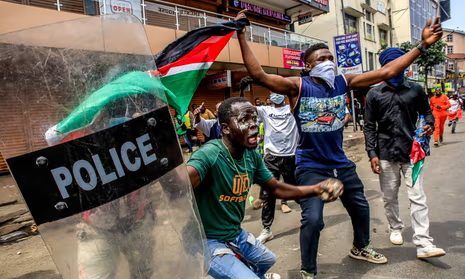The Federal Government on Tuesday presented the leader of the Indigenous People of Biafra (IPOB), Nnamdi Kanu before Federal High Court in Abuja.
The Attorney General and Minister of Justice, Abubakar Malami said: “Self-acclaimed leader of the proscribed secessionist Indigenous People of Biafra (IPOB), Nnamdi Kanu, has been intercepted through the collaborative efforts of Nigerian intelligence and Security Services.”
Here are nine things to know about Nnamdi kanu’s rearrest
1. Kanu went into hiding in 2017 following alleged invasion of his home by the military, months after he was granted bail while being tried for treasonable felony. He was thereafter declared wanted by the federal government.
2. Although there are no details on where he was re-arrested, Malami said he was re-arrested on Sunday July 27.
3. Kanu was brought before Justice Binta Nyako of the Abuja Division of the Federal High Court on Tuesday who ordered his remand in the custody of the Department of State services (DSS) following an application by federal government’s lawyer, Shuaibu labaran.
4. Kanu blamed his absence in court on the invasion of his house by security operatives for which he said he had to go underground to avoid being killed.
5. July 26 has been fixed for his trial continuation.
6. He was re-arrested and bought back to Nigeria to continue facing trial after disappearing while on bail regarding 11 count charge against him.
READ ALSO: Biafran separatist leader, Nnamdi Kanu arrested and will face trial
7. He was advised to get in touch with his lawyers on what happened in the case since he has been away.
8. He has, upon jumping bail, been accused of engaging in subversive activities that include inciting violence through television, radio and online broadcasts against Nigeria and Nigerian State and institutions.
9. Kanu was also accused of instigating violence especially in the South east that resulted in the loss of lives and property of civilians, military, para military, police forces and destruction of civil institutions and symbols of authorities.














